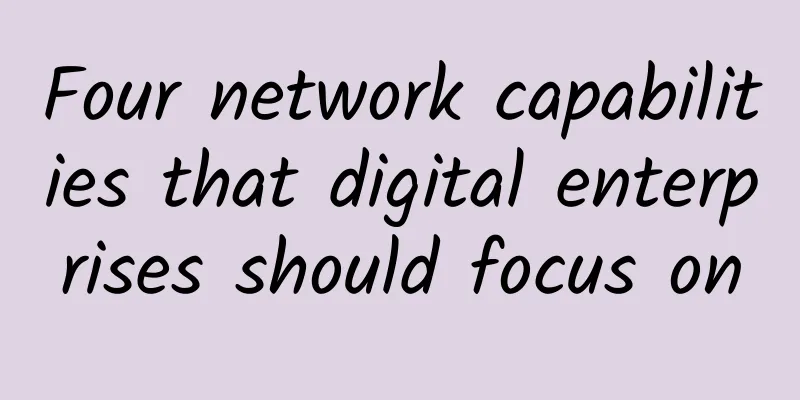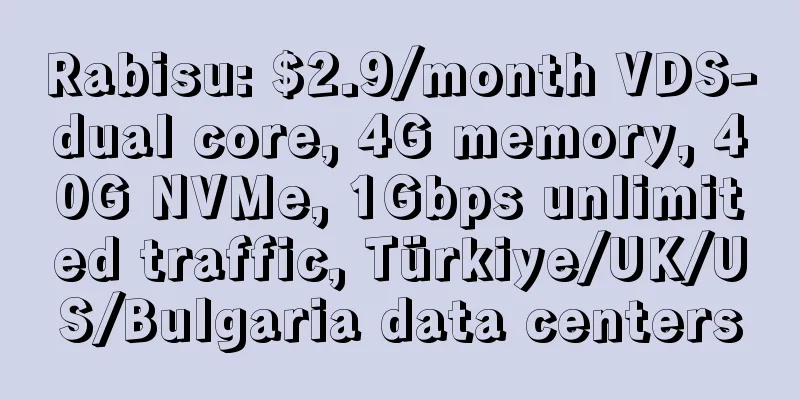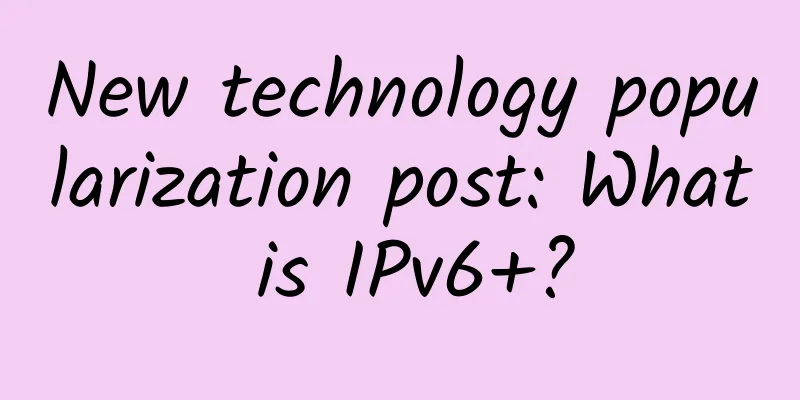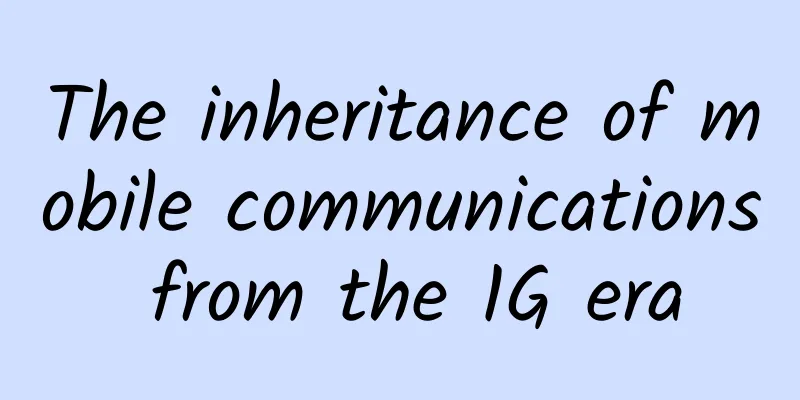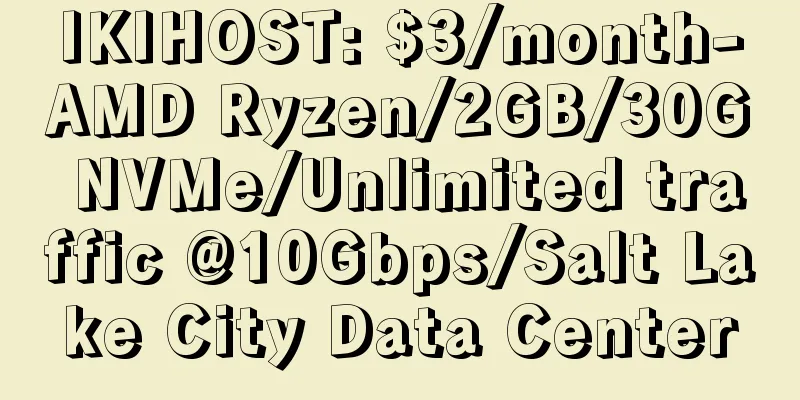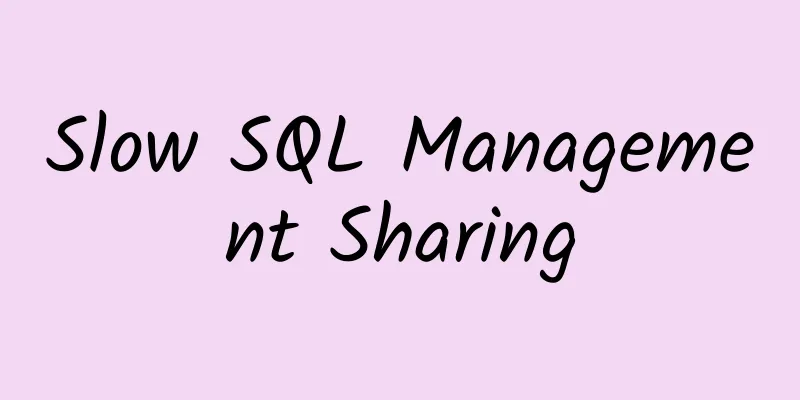5G is here: Now how will we make it work?
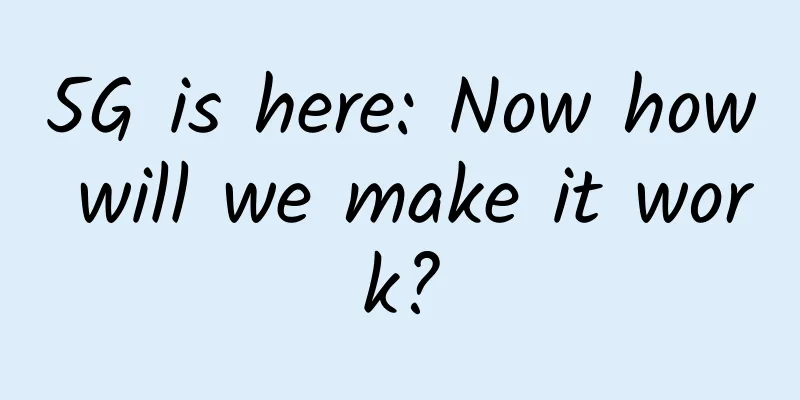
|
They say honeymooning in Niagara Falls sets you up for the second biggest disappointment in your newlywed life. In the world of technology, often unrealistic expectations don’t always meet reality. How many times have we bought into the hype, only to be disappointed by what was ultimately released? Sometimes, though, the hype lives up to expectations. For me, I immediately thought of the statue of David, on display in all its glory at the Accademia Gallery in Florence, Italy. When it comes to technology, I’m equally impressed by the potential of 5G. While the promise of 5G is endless—self-driving cars, smart cities, even a connected universe—one place where we’ll feel direct, tangible benefits sooner than elsewhere will become the “new normal” for work. From convenience and culture to security and productivity, 5G will redefine the workplace sooner than we think. The new networks are landing at an opportune time, as more people need to be connected to their workplaces, and many of them are from new or different locations. Remote work has largely eliminated geographic barriers, the workforce has become more distributed, and expectations for productivity are changing. Through this new hybrid lens, how will the availability of 5G shape the future of work?
Creating better access for true “work from anywhere”Today, remote work conjures images of employees working from a home office, kitchen table, or anywhere they can clear space. 5G completely changes the remote office landscape by enabling people to work from virtually anywhere, on any device. Once deployed at scale, we won’t be tethered to our Wi-Fi routers. Widespread 5G network technology offers the freedom to log in and check files on a tablet during halftime at your kids’ soccer game, join a video call while taking a walk, and start an impromptu digital whiteboard session the moment inspiration strikes, all with fast, reliable connections that reduce latency challenges. In order for this true remote work environment to become a reality, enterprises will need to continue to transition to cloud communications and embrace the services that 5G has to offer. Solutions that enable close communications (calls, texts, and conferences) over high-bandwidth networks running on 5G will ensure future employee collaboration. Remove limitations from working and living togetherOne unique aspect of hybrid work is its seamless integration into life itself. By saving 7 to 10 hours of commuting time each week, I enjoy more dinners at home; I am able to work in Tahoe while my 11-year-old daughter skis with her group; work fits into my life, not the other way around. After all, work has finally become what we do, not where we work. But this integration also puts a strain on bandwidth. When someone decides to stream a movie or upload a video, your working relationship is at risk of being disrupted. Today, this results in horrible conference call delays, booting out of the system entirely, or documents not loading when needed. It makes the commitment to work and live in one digital ecosystem a challenge. 5G can solve these challenges almost instantly. With faster connections and greater bandwidth, there is little that can slow down remote work or life. More importantly, it increases the scope of work that can be done remotely without the risk of slowing down work. With 5G, programming, customer service, and more become easier and more efficient to perform remotely. Unleashing the potential of digital toolsToday, employees can leverage many digital tools to get their jobs done. From AI chatbots to blockchain programs for supply chain management, the acceleration of digital transformation is helping teams put data and insights to work in new ways. But these exciting digital capabilities can also consume bandwidth, or simply perform better on faster or more reliable connections. 5G will truly unlock the potential of these tools, allowing them to run faster, more frequently, and with larger data, from virtually anywhere. The ability to make data part of the everyday work experience (from research and sales to software development and customer experience) will make employees more informed while redefining what productivity looks like and where it happens. While 5G has the potential to impact every aspect of our connected lives, the hybrid workplace is where we’re first seeing its possibilities. For workers, this means everything from less friction in the day to making it easier for everyone to participate in the new normal of work. What’s next? Organizations need to ensure their communications systems are future-proof and ready for a hybrid environment – complemented by cloud-based solutions that ensure work can be done wherever and whenever it works best for the team. By reducing friction and connecting anytime, anywhere, employees can focus on what’s needed to get work done: communicating and collaborating. Just as Michelangelo planned, embrace 5G and prepare to be amazed. |
<<: Why are operators competing to launch new 4G packages as 5G is the mainstream?
>>: Ericsson: Global 5G users will exceed 580 million by the end of the year
Recommend
2 and a half years have passed since the first year of 5G, but users are still reluctant to upgrade to 5G
[[419264]] Recently, it is understood that even t...
HTTPS is a network communication protocol that protects data transmission security
HTTPS Introduction to HTTPS HTTPS (Hypertext Tran...
As the natural environment becomes increasingly harsh, underground data centers are becoming a trend
Scientific research over the past few decades has...
Digital China 2019 Technology Annual Conference was held grandly: focusing on technological innovation, industry-university-research strategic cooperation, and promoting digital transformation
On November 8, the "Digital China 2019 - Tec...
GSMA releases world's first new 5G network guidelines
GMSA and China Telecom have released new guidelin...
Is your phone stolen within minutes after you lose it? Teach you how to set the SIM card password
The Ministry of Industry and Information Technolo...
[Black Friday] Sharktech High-Defense VPS 50% off, $47.7/year-2GB/40GB/4TB/Los Angeles and other data centers
Sharktech offers special discounts for VPS hosts ...
Learn about three of the four types of switch messages in one minute: broadcast, multicast, and unknown unicast
With the development of the Internet, various app...
GigsGigsCloud: $26/year KVM-1GB/15G SSD/2TB/Los Angeles Data Center
GigsGigsCloud has launched a new VPS in the Los A...
TMThosting: Seattle high-security VPS with 35% off monthly payment/40% off annual payment, optional NVMe/SSD/HDD disk, supports Alipay
TMThosting has launched a summer promotion, with ...
Foreign media attention: China completes 5G base station construction target ahead of schedule
Foreign media said that the stay-at-home lifestyl...
UDP, you need to feed the mouse!
[[353775]] The transport layer is located between...
Samsung bets on European 5G orders to grow network equipment business
Samsung Electronics is pinning its hopes on Europ...
DigitalVirt: 95 yuan/year-1GB/10GB NVMe/1TB@200Mbps/Hong Kong International Line
DigitalVirt recently offered a 50% discount coupo...
